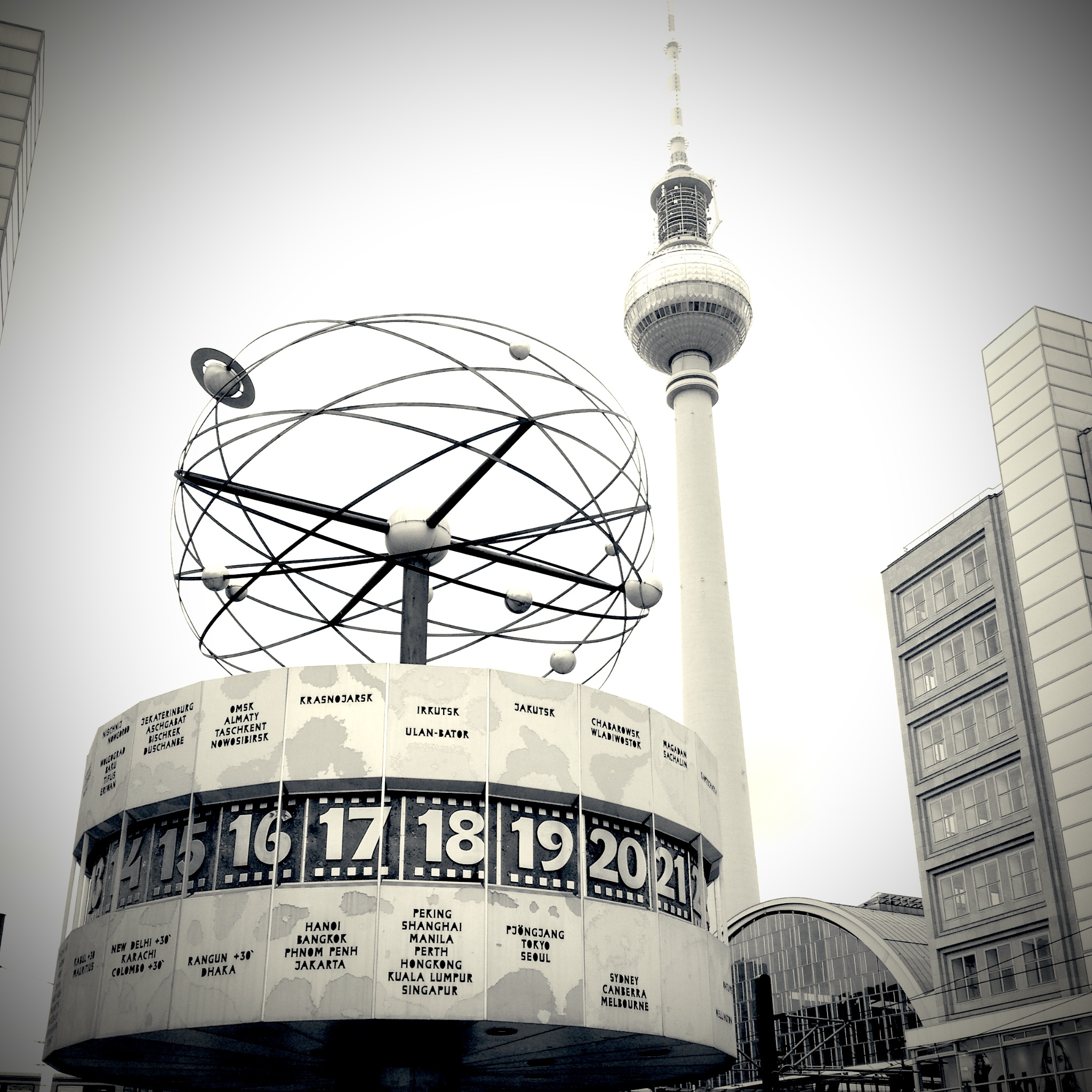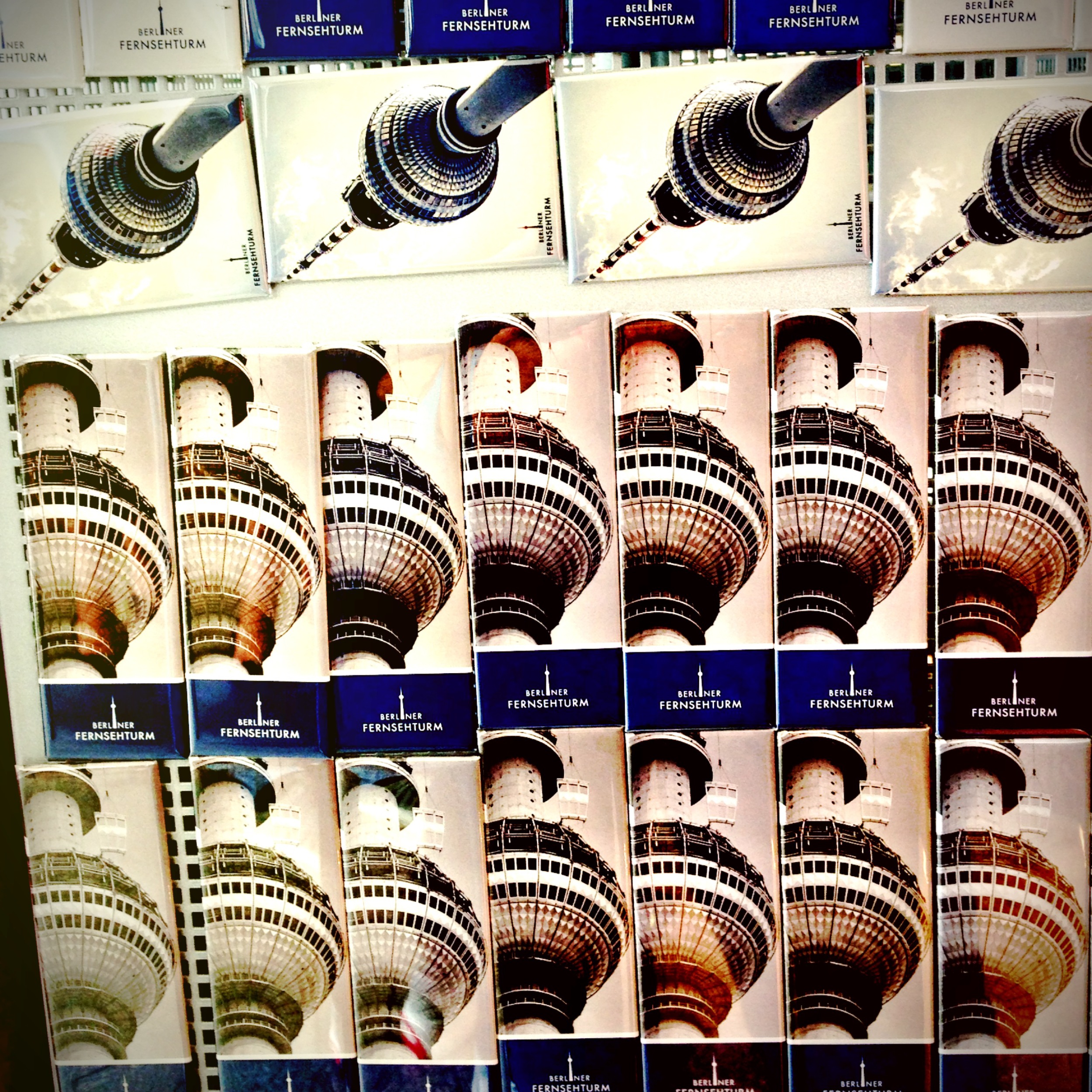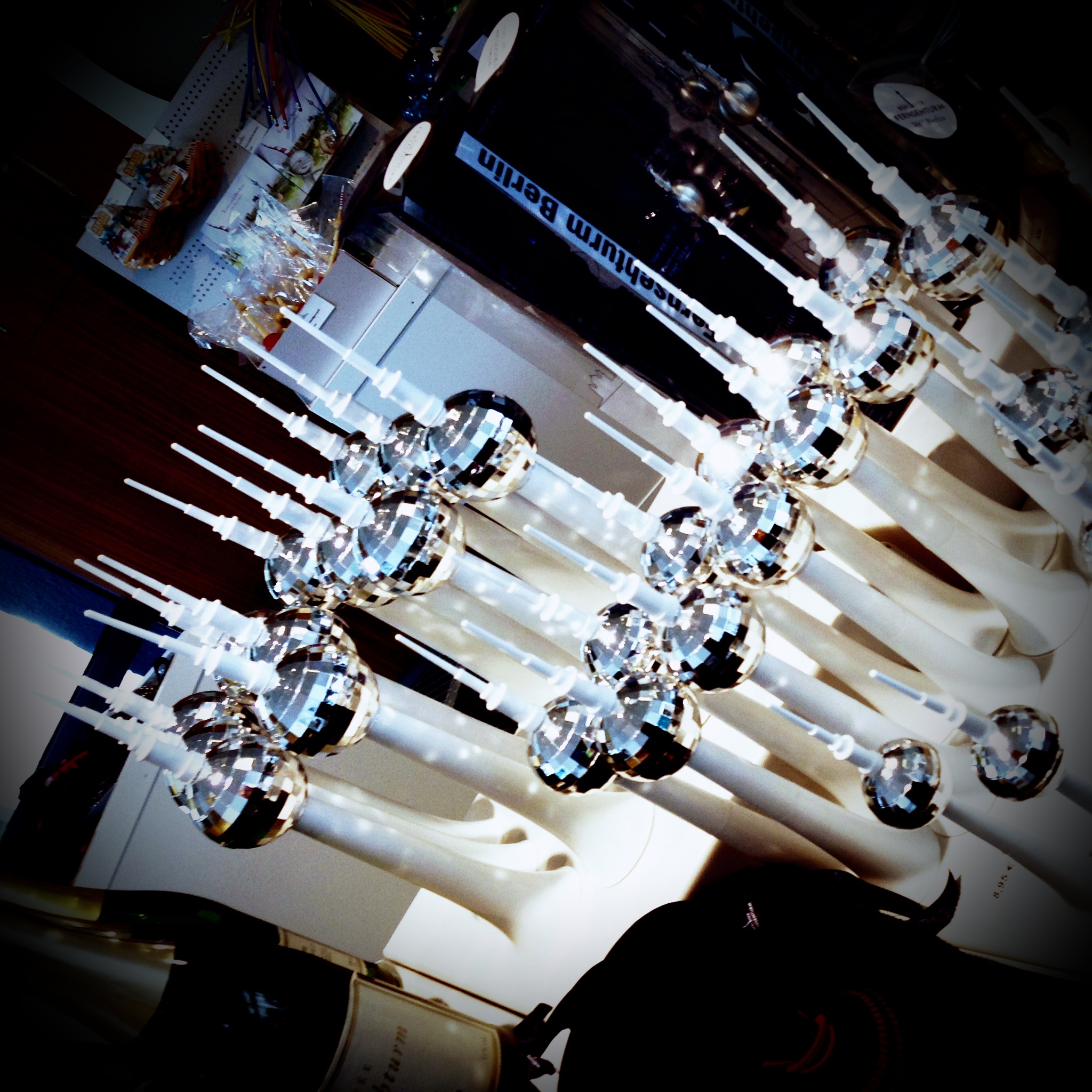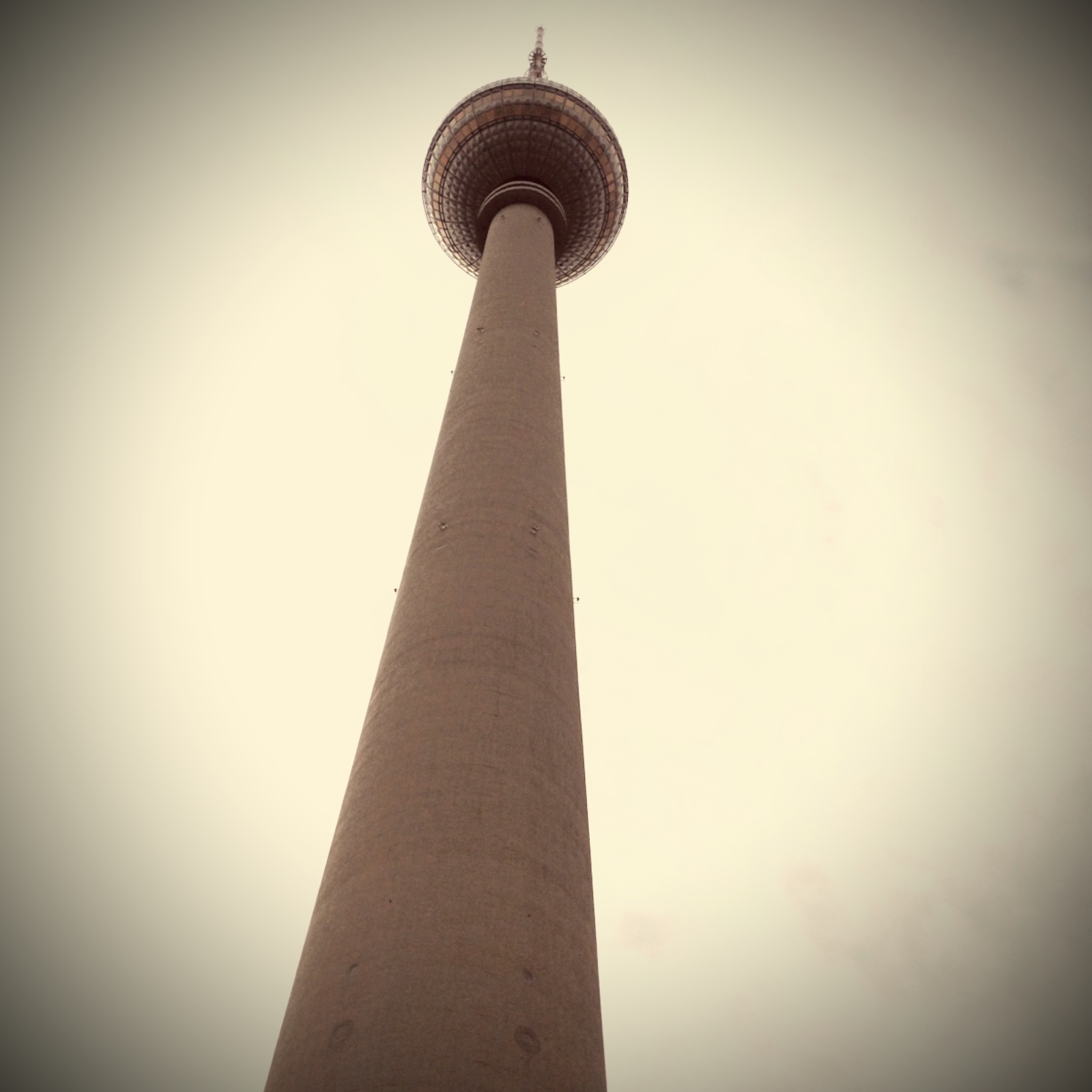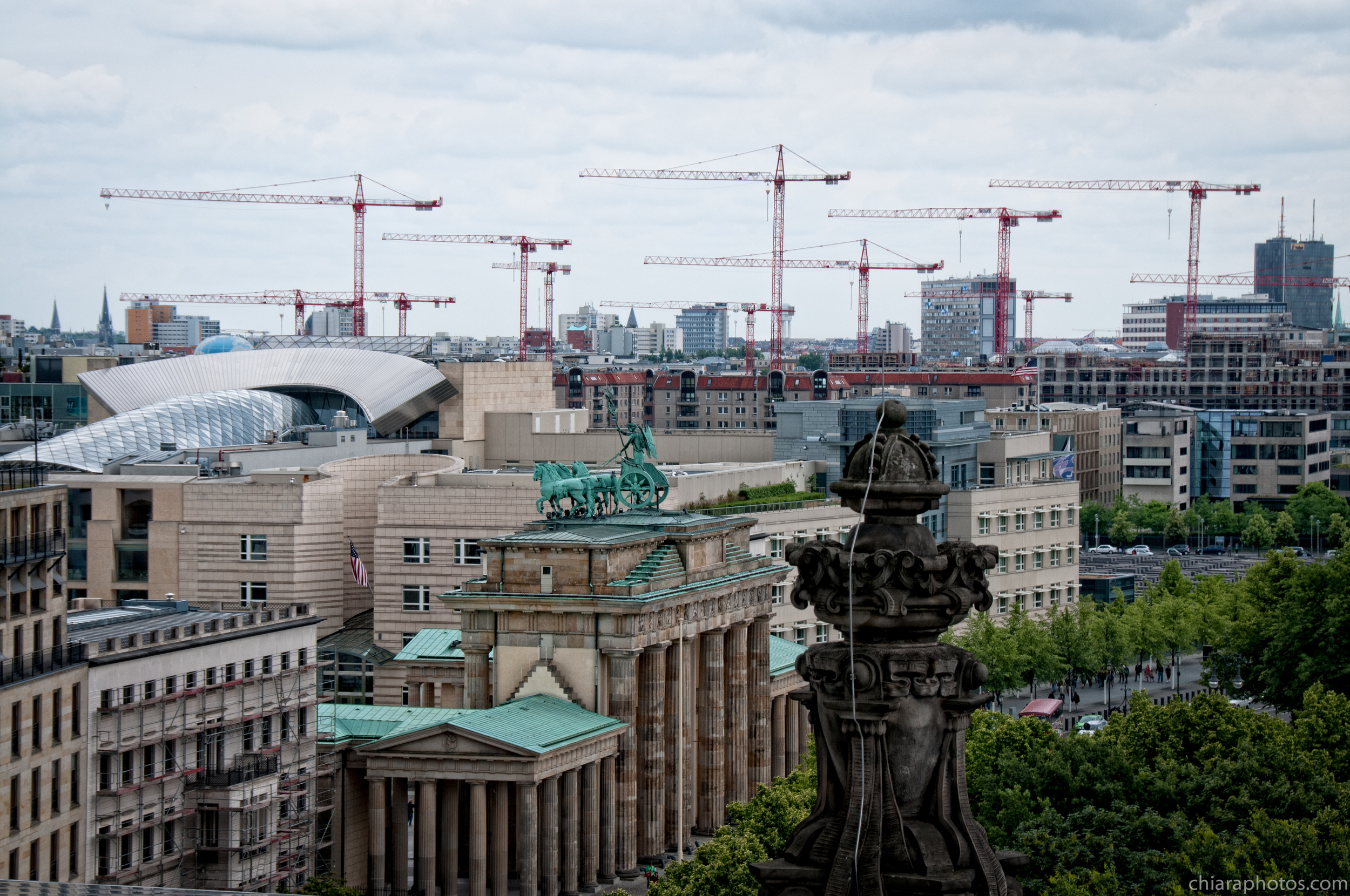Berlin is a place open to experimentation- there is no fear of mixing the old tradition with the new. Some places are iconic, like the Alexander Platz Television Tower, which is THE landmark of the city and can be seen as soon as one leaves the airport.
Some are architectural masterpieces, where the building not only encases
a museum, but its own walls and corners and windows talk to the
visitors and participate to their experience. This is the case for the
Judisches Museum, the Jewish Museum, designed by Daniel Libeskind. It is one of the largest Jewish Museums in Europe. In two buildings,
two millennia of German Jewish history are on display in the permanent
exhibition as well as in various changing exhibitions. German-Jewish
history is documented in the collections, the library and the archive,
in the computer terminals at the museum's Rafael Roth Learning Center. The main building is a twisted zig-zag and is accessible only via an underground passage
from the Berlin Museum's baroque wing. Its shape is reminiscent of a
warped Star of David and inside, filled spaces are alternated to "voids"- empty, hollow places, that should remind the visitor of the emptiness, the void that has been left after the Jews have been deported. An irregular matrix of windows cuts in all
orientations across the building's facade, and in this building there is never a 90 degrees angle. We ended spending there more than 3 hours, and it was an enlightening experience.
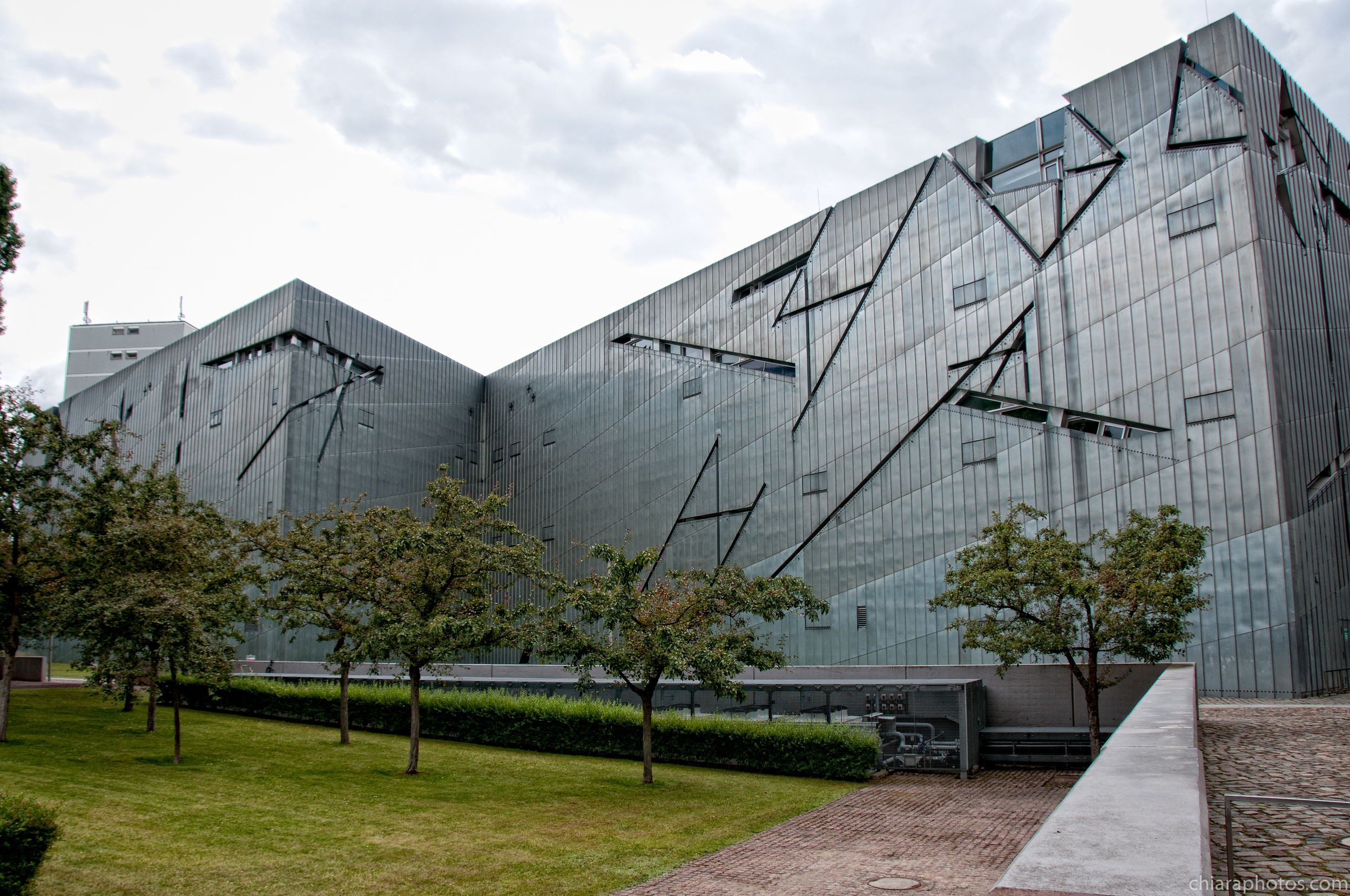
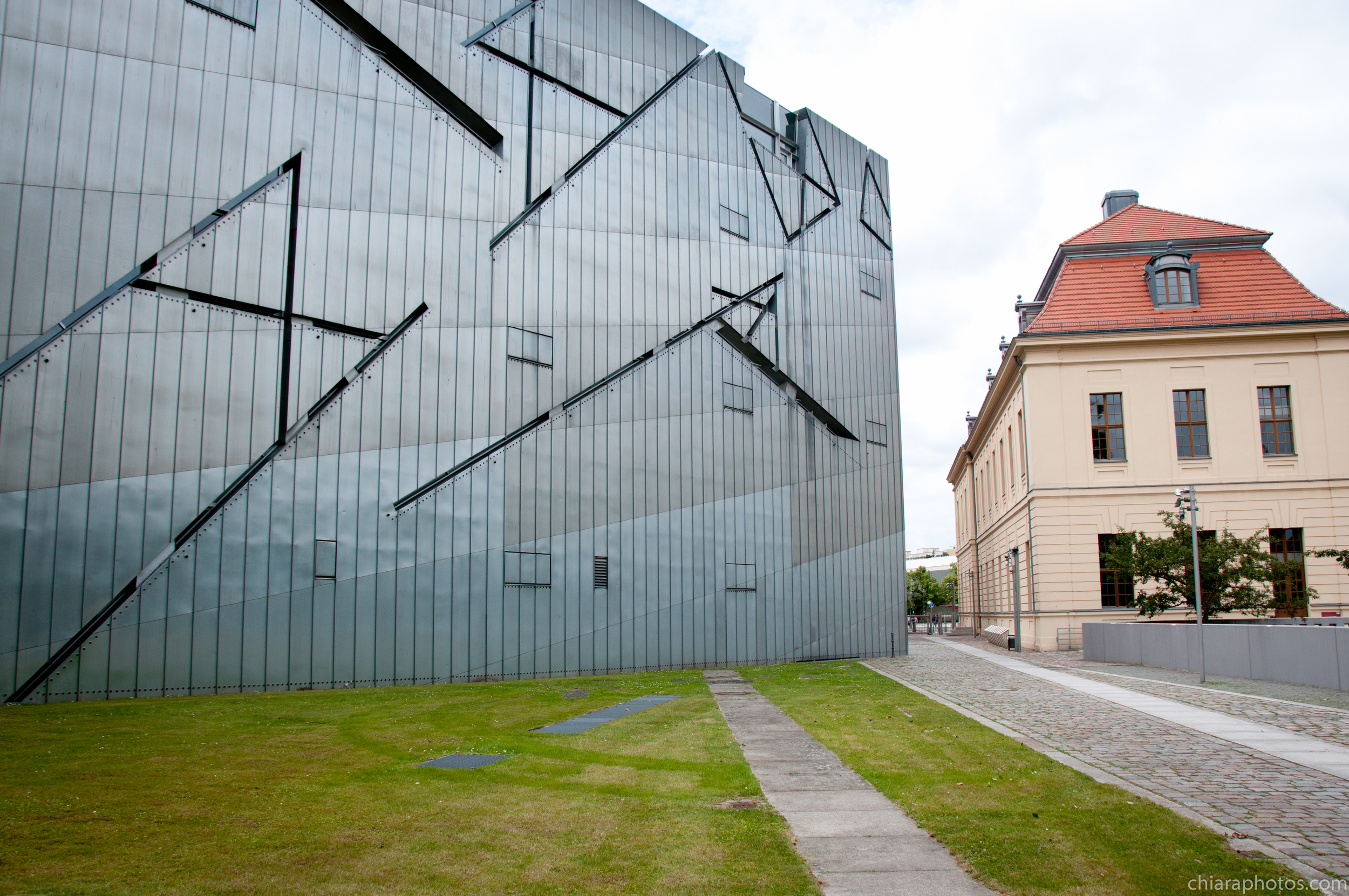
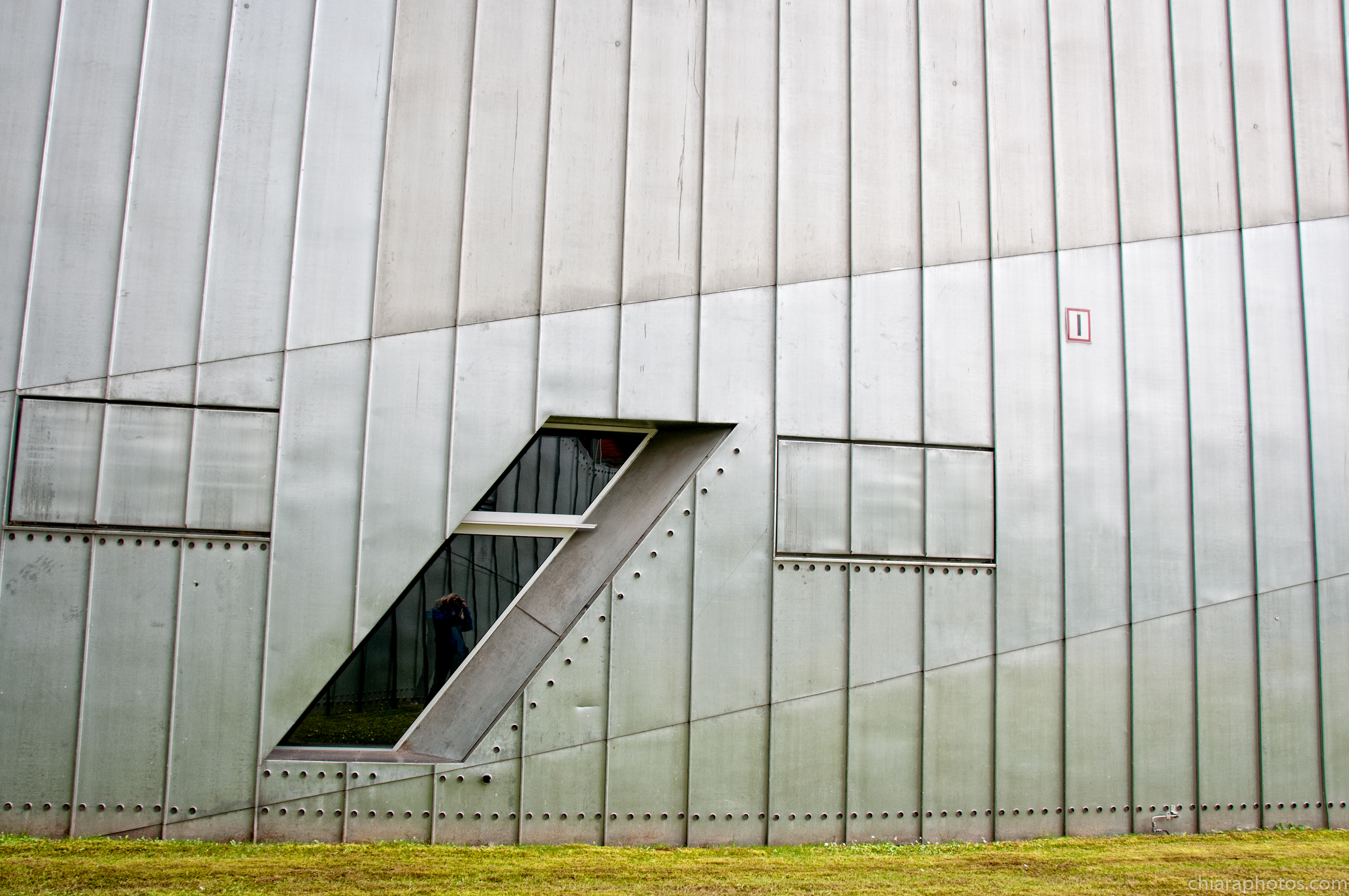
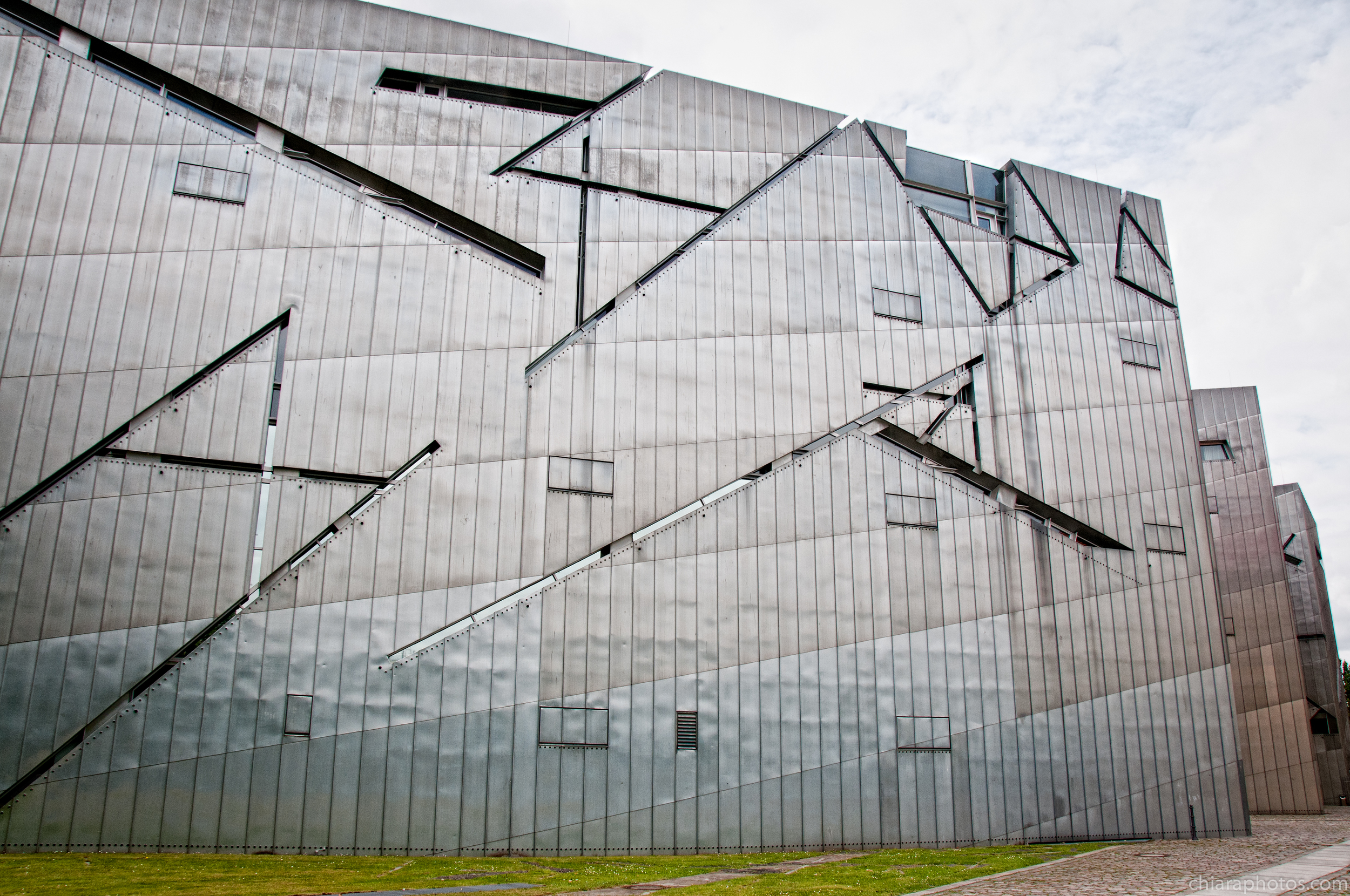
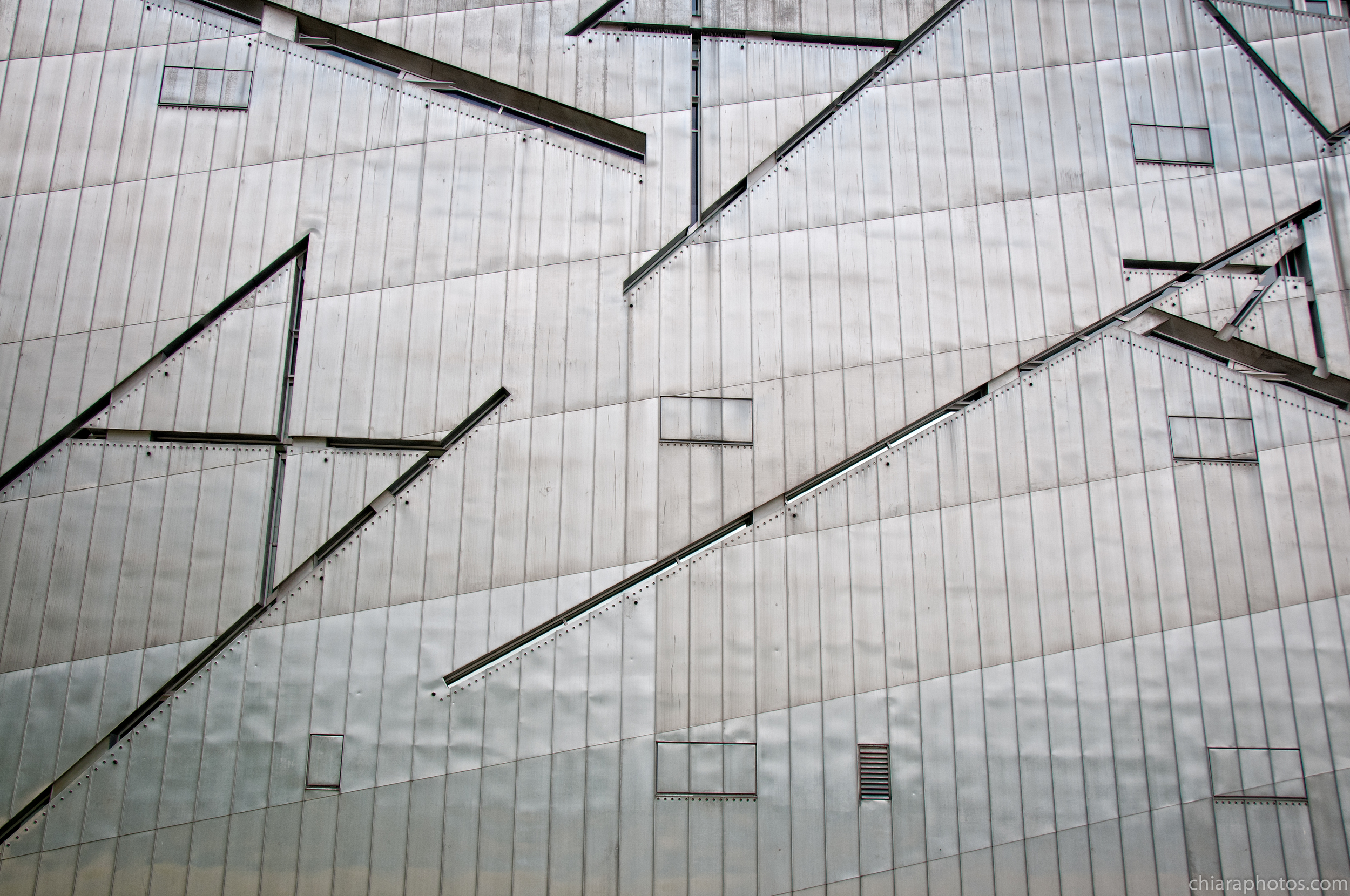
And finally this time I made it- I organized and booked in advance and we got to visit the Reichstag Building! It is the building that hosts the German Parliament (Bundestag), which moved to Berlin after the capital changed from Bonn. The entrance is free but one must register and book the visit at least 3 days in advance. There is a glass dome that tops the old original building- which has a 360-degree
view of the surrounding Berlin cityscape. The main hall of the
parliament below can also be seen from inside the dome, and natural
light from above radiates down to the parliament floor. A large sun
shield tracks the movement of the sun electronically and blocks direct
sunlight which would not only cause large solar gain, but dazzle those
below. The view was really amazing - despite the weather!!
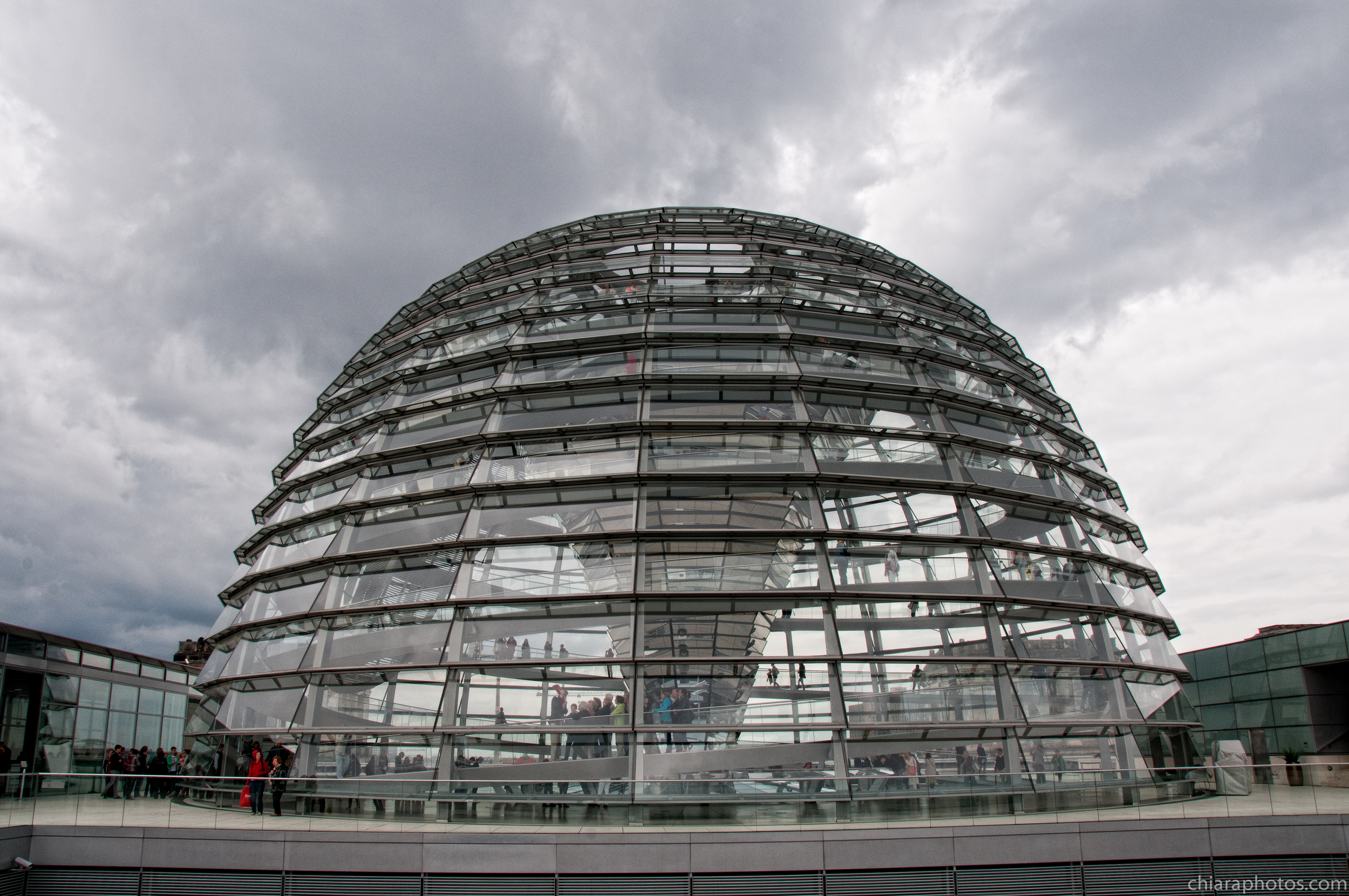
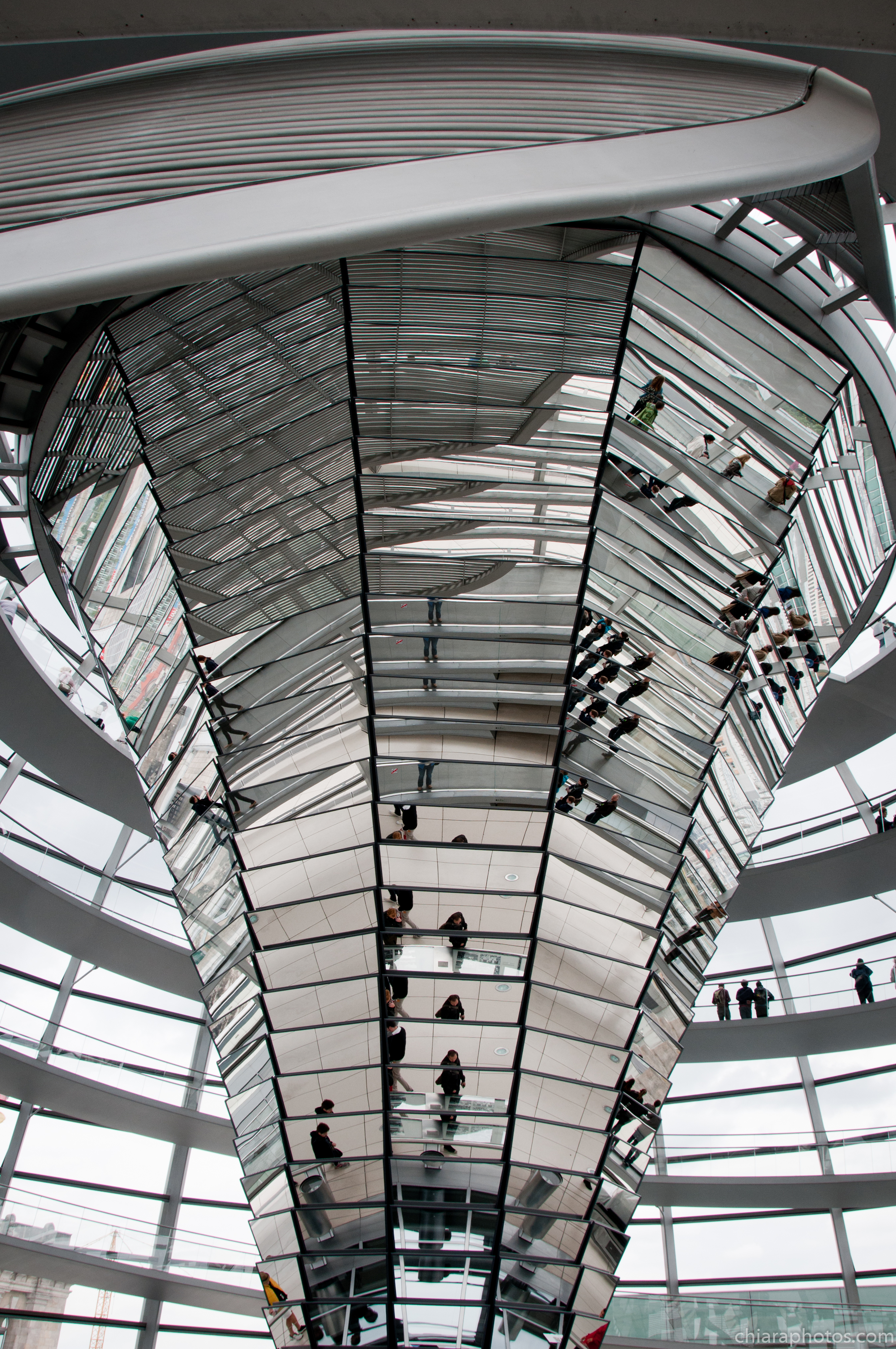
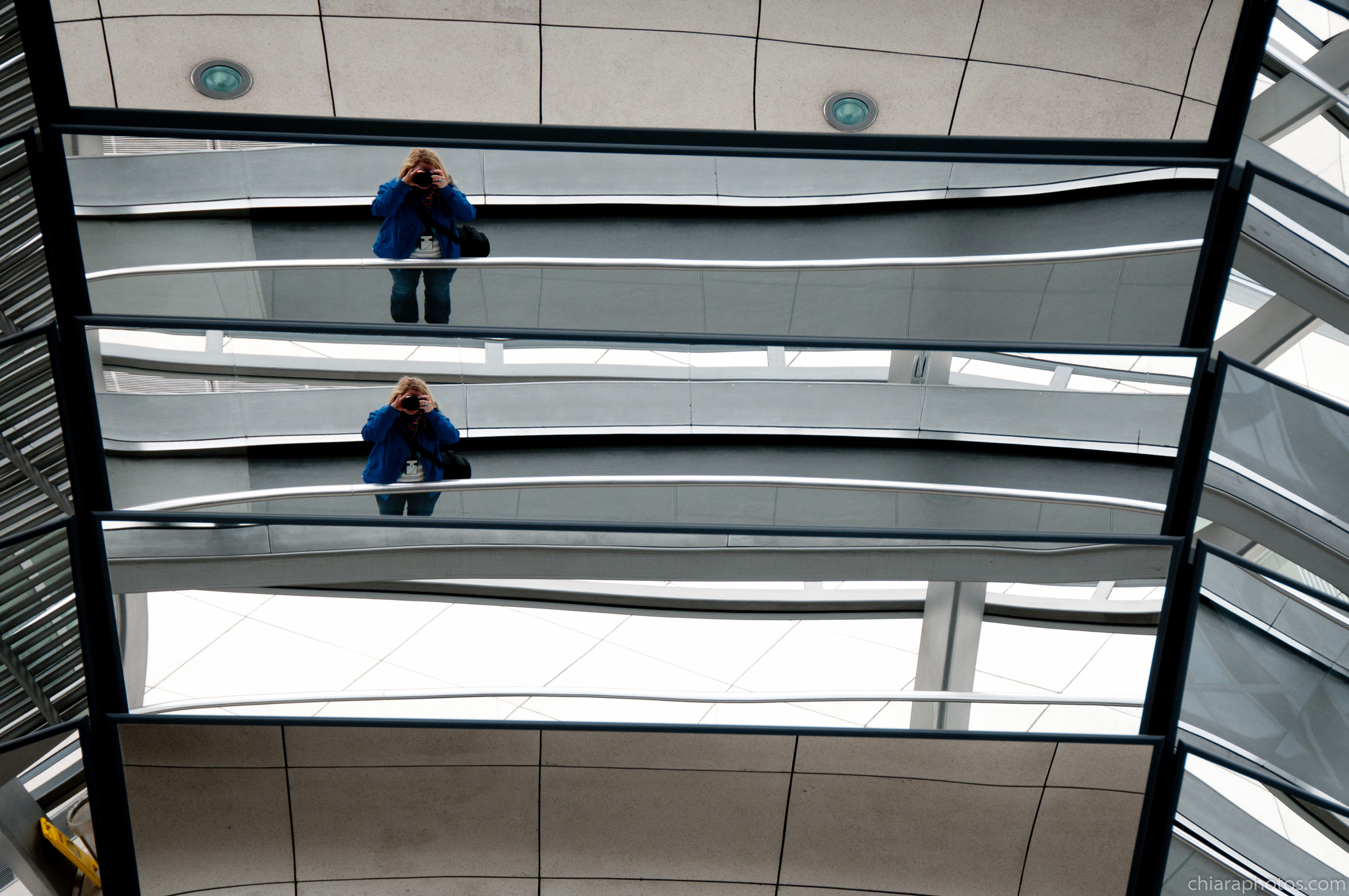
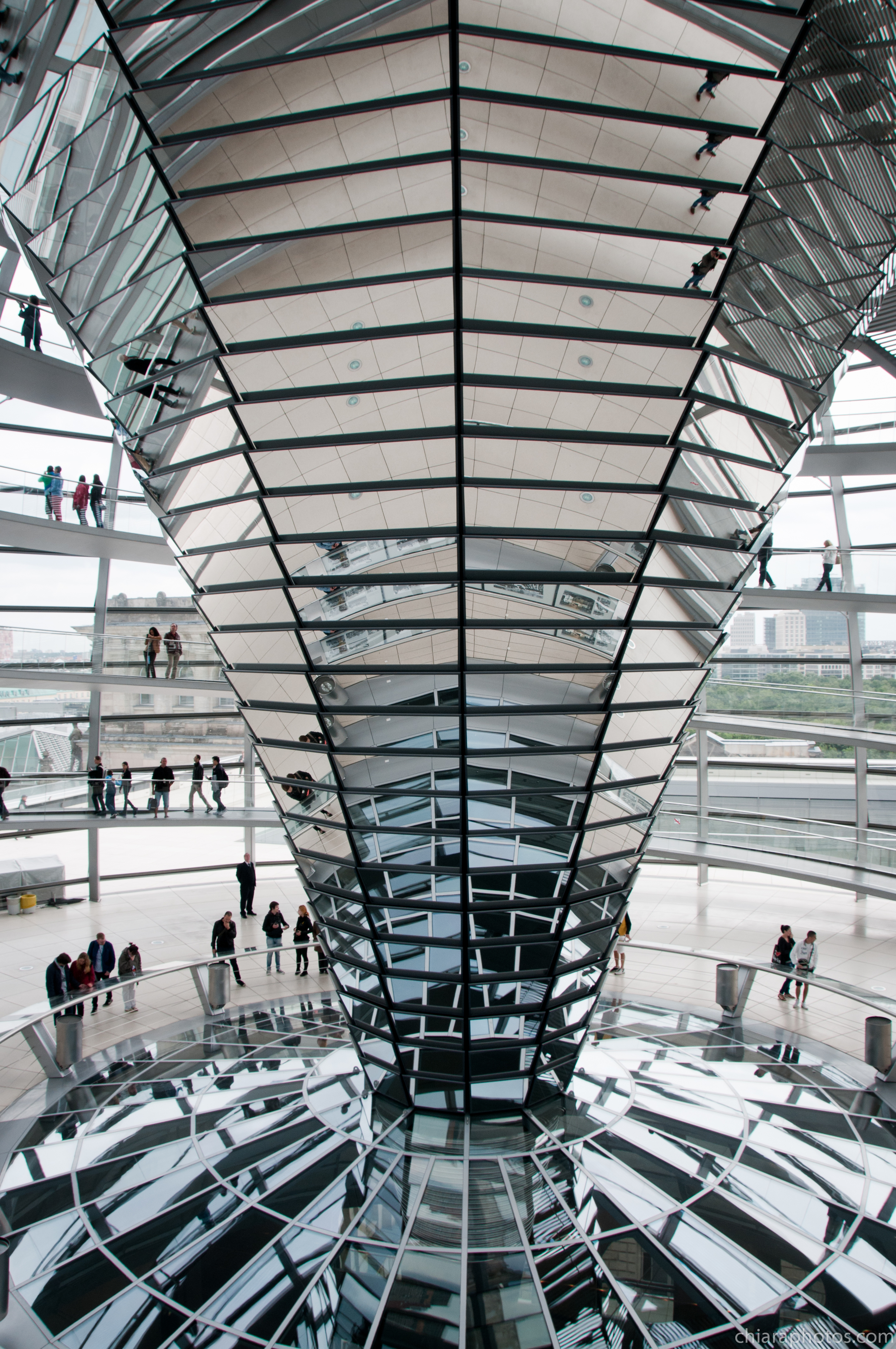
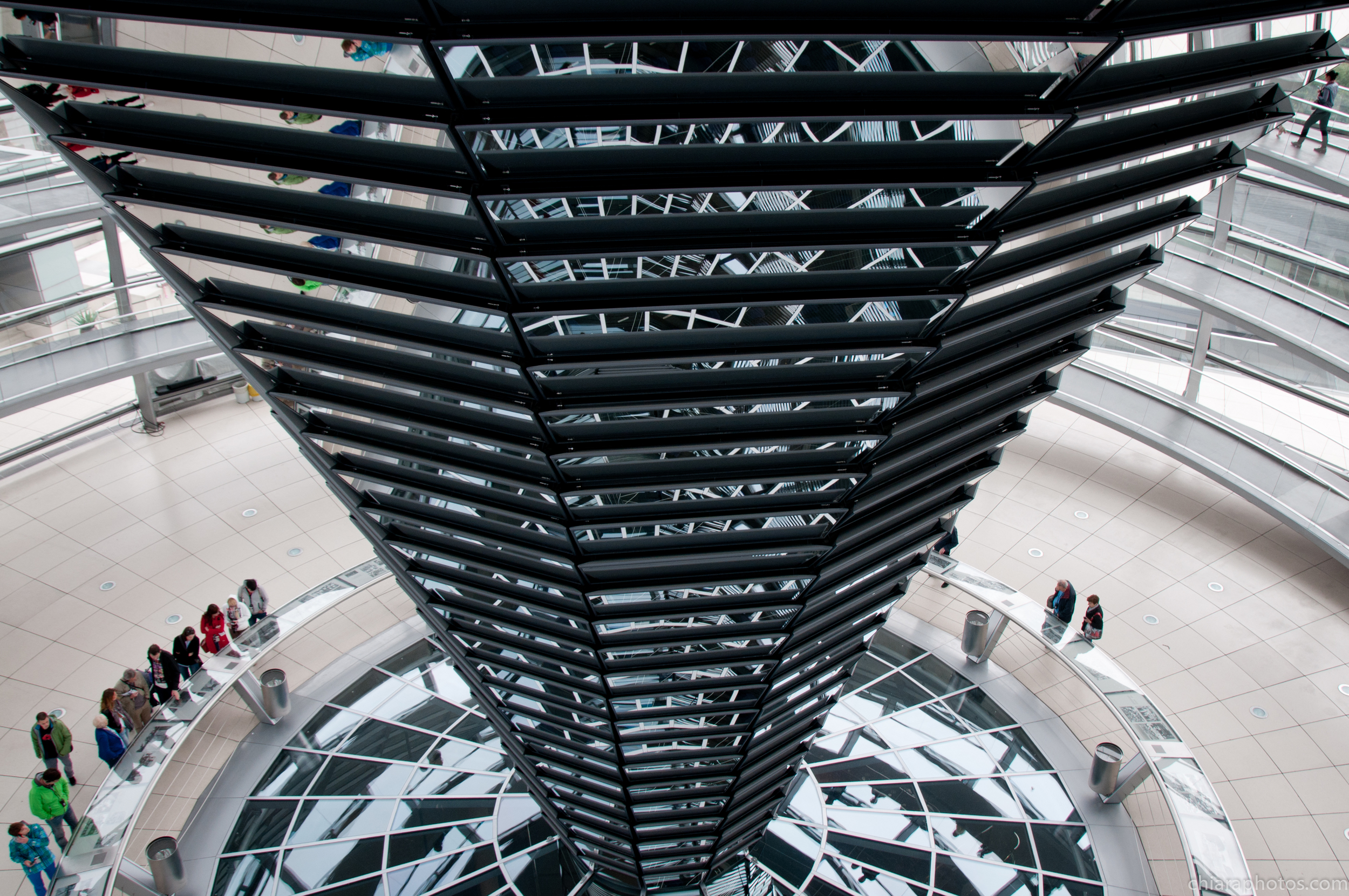
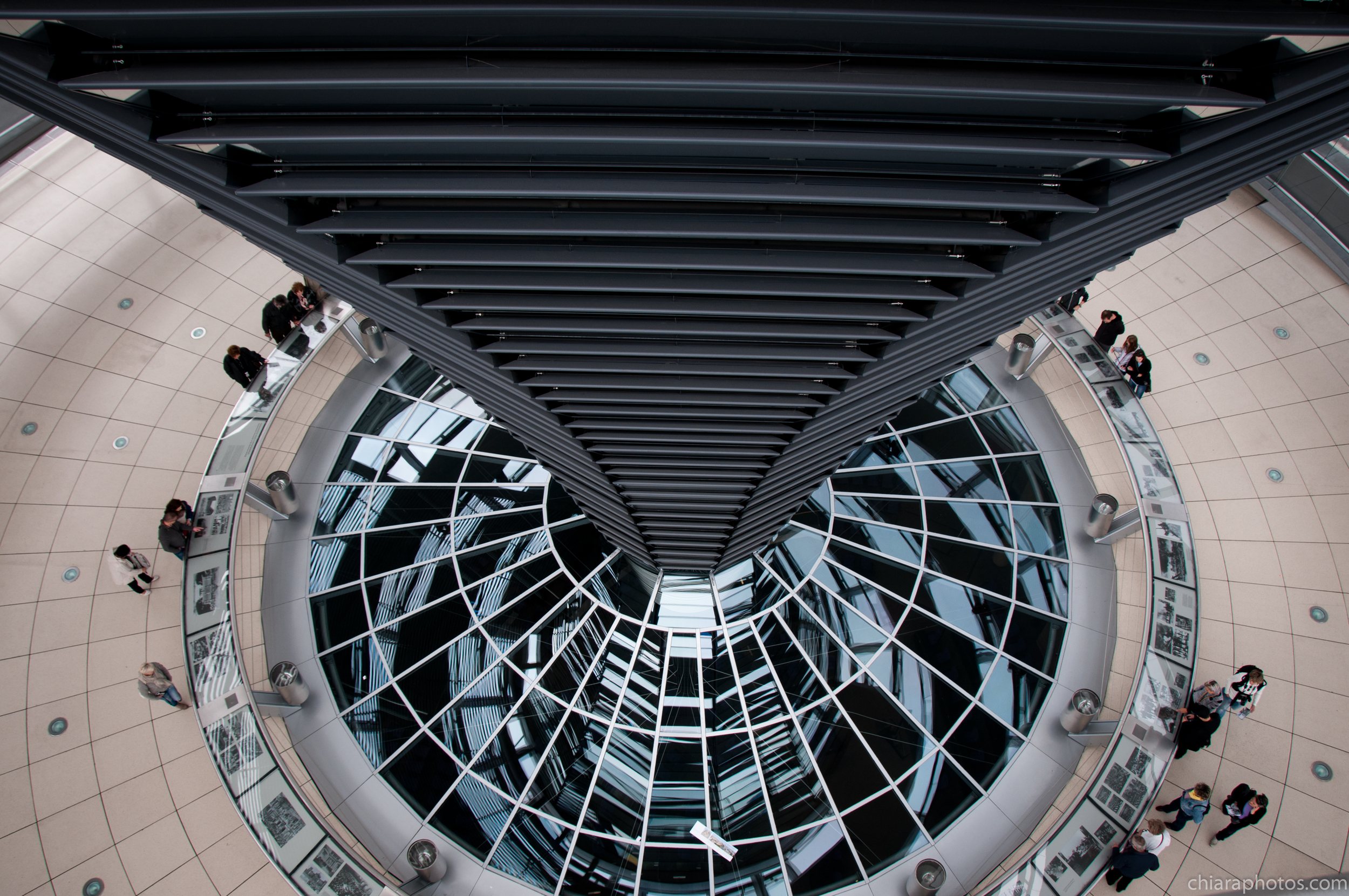
I think the most iconic picture though, is the one below. The skyline of Berlin, with dozens of cranes, molding and shaping the city, constantly building, stone and concrete, so that the visitor is never tired of coming back, and any new addition blends with the ones already existing, as if it has always been there.
